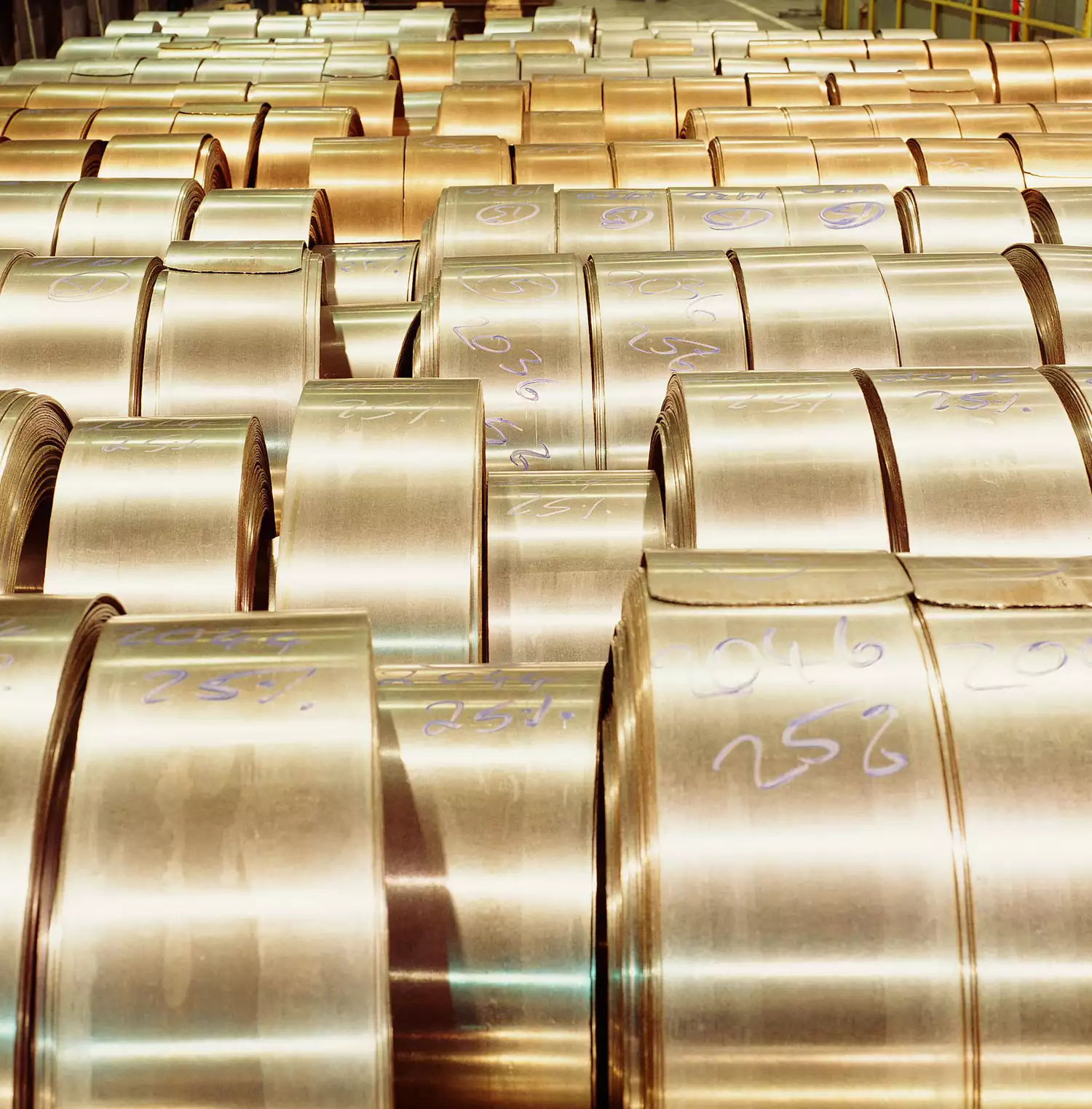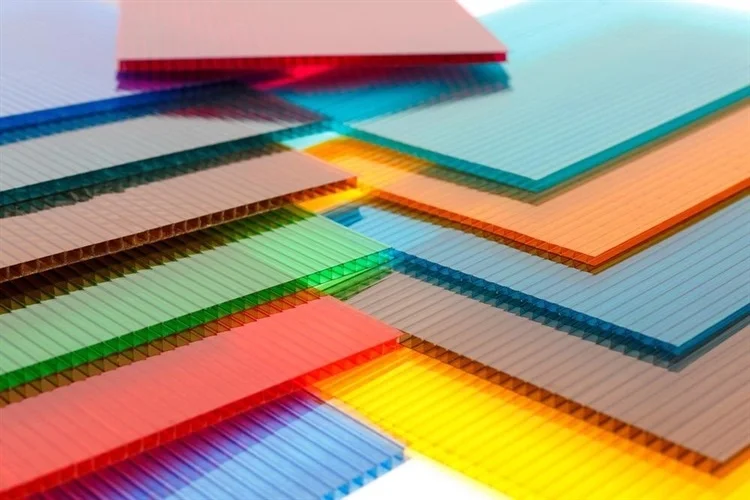Introduction:
CNC machining is a versatile manufacturing process that can create high-precision parts with tight tolerances, making it a popular choice for a wide range of industries. One of the key factors to consider when selecting a CNC machining process is the choice of material, as it significantly impacts the part's properties and performance. In this comprehensive guide, we will explore various materials used in CNC machining, discussing their advantages, limitations, and ideal applications.
1. Metals
a) Aluminum

Aluminum is a lightweight and corrosion-resistant metal that is commonly used in CNC machining. It offers good machinability, high thermal and electrical conductivity, and excellent strength-to-weight ratio.
Advantages:
Lightweight
Corrosion-resistant
Good machinability
High strength-to-weight ratio
Applications:
Aerospace components
Automotive parts
Electronic housings
b) Steel

Steel is a versatile and robust material that is widely used in CNC machining. It offers high strength, durability, and resistance to wear and tear. There are various types of steel, including stainless steel, which provides additional corrosion resistance.
Advantages:
High strength
Durability
Wear resistance
Versatility
Applications:
Construction equipment
Automotive components
Industrial machinery
c) Brass

Brass is an alloy of copper and zinc that is known for its corrosion resistance, electrical conductivity, and aesthetic appeal. It is easy to machine and can be used for parts that require a polished finish or intricate detailing.
Advantages:
Corrosion resistance
Electrical conductivity
Aesthetic appeal
Good machinability
Applications:
Decorative fixtures
Gears and bearings
Electrical components
2. Plastics
a) Acetal (Delrin)

Acetal, also known as Delrin, is a strong and rigid plastic that offers excellent wear resistance, low friction, and dimensional stability. It is easy to machine and is commonly used for parts requiring high strength and precision.
Advantages:
High strength
Wear resistance
Low friction
Dimensional stability
Applications:
Gears
Bushings
Rollers
b) Polycarbonate

Polycarbonate is a tough and transparent plastic that offers excellent impact resistance, making it ideal for parts exposed to high-stress environments. It also has good electrical insulating properties and resistance to heat and chemicals.
Advantages:
High impact resistance
Transparency
Heat resistance
Chemical resistance
Applications:
Protective equipment
Electrical components
Automotive parts
c) Nylon

Nylon is a durable and lightweight plastic that offers excellent wear and chemical resistance. It has good strength and flexibility, making it suitable for parts exposed to constant movement or stress.
Advantages:
Lightweight
Durability
Wear resistance
Chemical resistance
Applications:
Bearings
Gears
Fasteners
3. Composites

Composite materials are made by combining two or more materials, resulting in unique properties that may not be achievable with a single material. Some common composites used in CNC machining include carbon fiber reinforced plastics (CFRP) and glass fiber reinforced plastics (GFRP).
Advantages:
High strength-to-weight ratio
Corrosion resistance
Tailorable properties
Applications:
Aerospace components
Automotive parts
Sporting equipment
Conclusion:
Selecting the right material for your CNC machining project is crucial, as it directly influences the part's performance and durability. By understanding the properties and advantages of various materials, you can make an informed decision and choose the best material for your specific application. Don't hesitate to consult with material experts or CNC machining service providers to ensure the success of your project.
Read more
A Guide to CNC Machining Plastics: Materials and Techniques
A Guide to CNC Machining Aluminum: Techniques and Best Practices
A Guide to CNC Machining Titanium: Challenges and Best Practices
materialsscienceandengineering.com